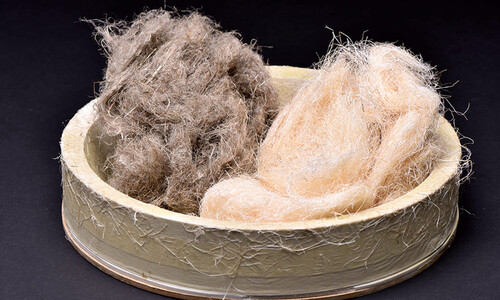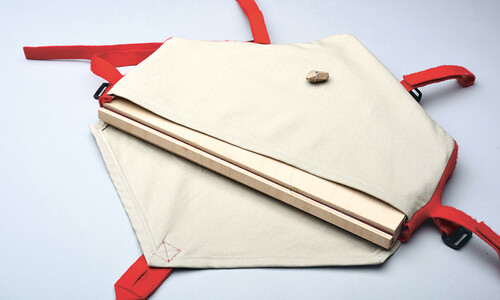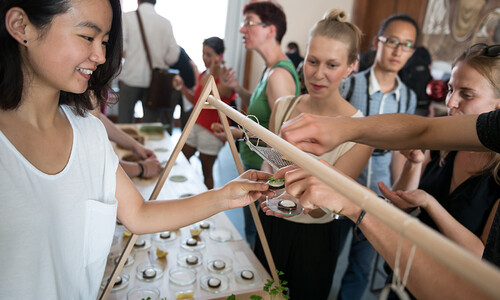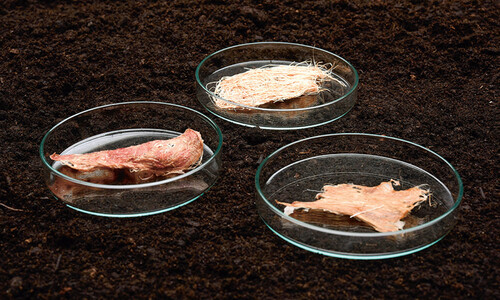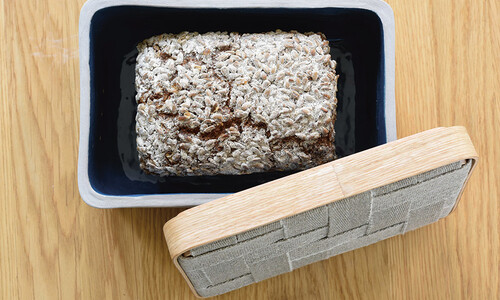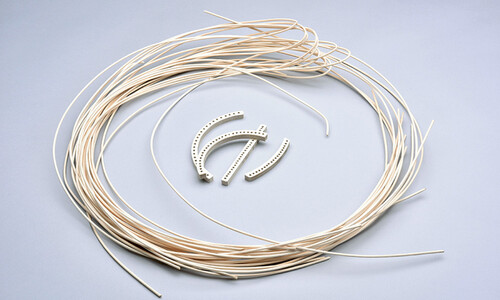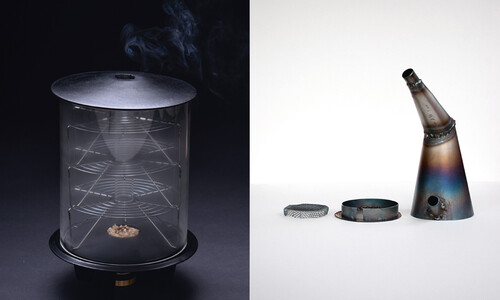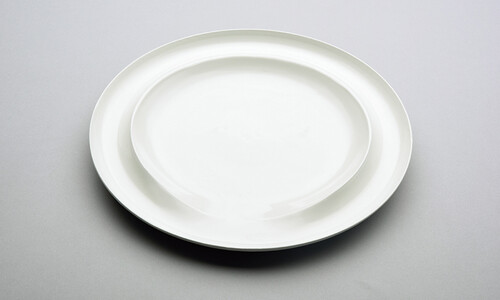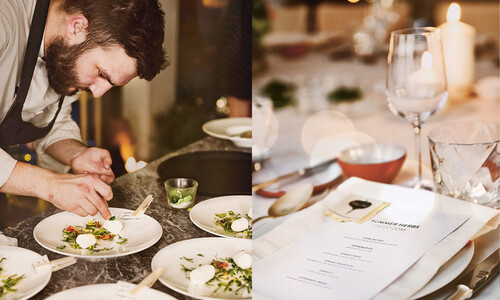Lusatia is a region in flux. In addition to the ongoing progress of open-cast mining, it is also becoming increasingly attractive for tourism.
New lake landscapes and cycling and hiking trails are emerging in the former mining areas. My project “Lusatia Landmarks” ties in with this context by creating additional places of peace and relaxation for the population and visitors.
Willow cultivation has a long tradition in the region. Traditional basket weaving can still be found in many villages today. Building with willow as a natural material can also be traced back to the 11th century. The wickerwork is ideal for providing shade, yet remains translucent.
The production of landmarks is characterized by a high degree of sustainability. In this sense, it is best to source the raw materials regionally, as in the past, and to carry out production in local craft workshops. Thanks to natural weathering processes, there is no question of disposal or recycling. The design approaches of the landmarks are also reflected in the region, in the traditional pit houses of the Sorbs and Wends or the nests of the native storks. Their locations are along existing routes through the region and blend harmoniously into the landscape.
In their direct reference to the circumstances, the landmarks also stand in critical contrast to other projects that tend to transform Lusatia into an artificial tourist paradise during its recultivation, with artificial lakes, floating houses, man-made vineyards, and luxury resorts that, similar to open-cast mining, pursue purely economic interests.






